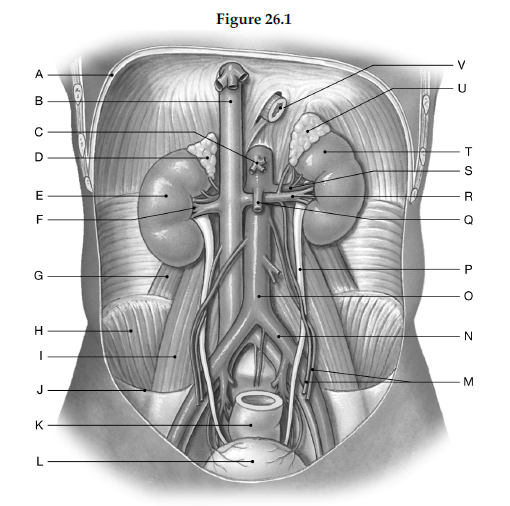Which of the following does NOT usually increase the production of red blood cells?
A. an increase in erythropoietin
B. an increase in estrogen
C. an increase in testosterone
D. hypoxia
E. a hemorrhage
Answer: B. an increase in estrogen
You might also like to view...
Are Brownian motion, diffusion, and osmosis seen only in living tissue?
Fill in the blank(s) with the appropriate word(s).
Using the figure below, identify the labeled part.

1) Label A: ______________________________
2) Label B: ______________________________
3) Label C: ______________________________
4) Label D: ______________________________
5) Label E: ______________________________
6) Label F: ______________________________
7) Label G: ______________________________
8) Label H: ______________________________
9) Label I: ______________________________
10) Label J: ______________________________
11) Label K: ______________________________
12) Label L: ______________________________
13) Label M: ______________________________
14) Label N: ______________________________
15) Label O: ______________________________
16) Label P: ______________________________
17) Label Q: ______________________________
18) Label R: ______________________________
19) Label S: ______________________________
20) Label T: ______________________________
21) Label U: ______________________________
22) Label V: ______________________________
The oocyte and granulosa cells secrete glycoproteins that form a thick, gel-like __________ that covers the oocyte and separates it from the surrounding granulosa cells
Fill in the blank(s) with correct word
Renal failure would likely lead to
A. volume excess. B. hypotonicity. C. volume depletion. D. hypertonic ascites.